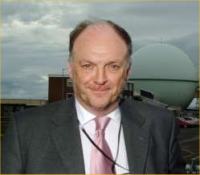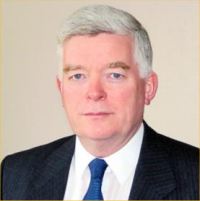 | Caithness.Org | Community | Business | Entertainment | Caithness... | Tourist Info | Site Map |
• Advertising • Chat Room • Contact Us • Kids Links • Links • Messageboard • News - Local & Scottish • News - UK & News Links • About / Contact Us • Submissions |
• Bookshop • Business Index & News • Jobs • Property For Sale • Property For Rent • Shop • Sutherland Business Index |
• Fishing • Fun Stuff • George, The Saga • Horses • Local Galas • Music • Pub Guide • Sport Index • What's On In Caithness |
• General Information • B & Bs • Backpackers • Caravan & Camping • Ferries • Getting Here • Holiday Letting • Hotels • Orkney • Pentland Firth • Sutherland • Taxis |
| N E W S F E E D S >>> |
|
Caithness.org
News Bulletins |
||||||||||||||||||
| Dounreay News Index | Caithness.org News Index | |||||||||||||||||
|
12 December 05 A newsletter is being issued today to more than a thousand registered stakeholders, outlining the results of a £10 million research programme and inviting members of the public to participate in a preliminary phase of engagement. This will be augmented by a series of outreach meetings and public exhibitions next month to gather more feedback about the options that should be assessed and the criteria to be used. Two independent expert reports are due to be published in 2006 and the findings, together with feedback from the preliminary phase and ongoing technical studies, should enable UKAEA to carry out a detailed assessment and consult widely on the options later in the year. This is expected to lead to recommendations in 2007 on the way forward.
Particles are fragments of irradiated nuclear fuel similar in size to grains of sand. They were created during the break-up of spent nuclear fuel for reprocessing and fires during its dissolution, and their release into the sea can be traced to historic waste management practices dating back to the late 1950s. The total number of particles discharged into the sea during Dounreay’s fuel reprocessing era is uncertain. In recent years, specialist divers and a robotic monitoring device have surveyed 340,000 m2 of the seabed around a disused discharge outlet. To date, 926 particles have been recovered by divers from the seabed, and almost 300 particles have been recovered from nearby beaches. Dounreay was Britain’s centre of fast reactor research and development from 1955 until 1994. It is now being decommissioned by UKAEA on behalf of the Nuclear Decommissioning Authority. Particles
Consultation Steering Group:
|
||||||||||||||||||









